Features of honeysuckle care after harvesting in July
Honeysuckle is a spring crop, as its fruits ripen in late May or early June. After harvesting, most gardeners stop paying attention to the shrub during the summer and fall months. But the plant requires constant care, although not too labor-intensive. From the article you will learn what to do next with honeysuckle after fruiting.
Caring for honeysuckle after harvest
If you do not properly care for the crop, the harvest will decrease every year, the berries will become smaller, and the original taste will disappear. Honeysuckle is unpretentious, but still requires regular care.

How to water correctly
This plant is moisture-loving. Its roots are located near the soil surface, so drying out of the soil immediately affects the general condition of the bush and the quality of the crop.
The soil under the plants must be mulched. For this, regular paper is often used, which is renewed during the season. They also lay out dry grass, but always without seeds, as they attract rodents. Mulch keeps the top layer of soil moist.
A shallow trench or sides are made around the plant. In dry weather, honeysuckle is watered once a week, a bucket per bush. If there is regular heavy rainfall, humidification is not required. After watering, the mulch layer is adjusted to remove sprouted weeds.
Feeding
The shrub spends a lot of energy on flowering and fruiting, so honeysuckle needs feeding. Moreover, after harvesting, the second stage of shoot growth begins.
For the plant to regain its strength after fruiting, it is fed with nitrogen fertilizers. After 15 days, a mineral complex is added.
In order for the plant to absorb fertilizer well, it is also fed by foliage. In the evening, spray with urea solution. To prepare, take 50 g of the substance per 10 liters of water. A week later the procedure is repeated.
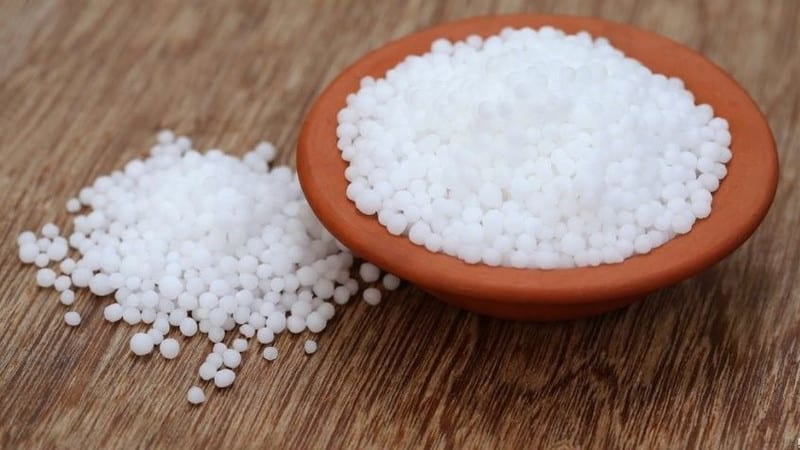
Complex mineral fertilizers are used in liquid form or dry granules are embedded in the soil around the bushes. For 1 sq. m of trunk area requires 20 g of fertilizer. Feeding is carried out every 3 weeks. The last application of fertilizers is carried out before the beginning of leaf fall, when the first yellow leaves appear on the bushes.
How to treat after fruiting
After fruiting, honeysuckle is sprayed 2-3 times with a systemic fungicide for prevention. This is absolutely safe, because chemicals will not get into the fruits that will ripen next year.
When bushes are infested with aphids, treatment is carried out every 10 days, alternating the active ingredients in the preparations. Usually, thiamethoxam (the drug "Aktara") and imidacloprid ("Tabu", "Colorado", "Commander", etc.) are used alternately.
Pruning honeysuckle
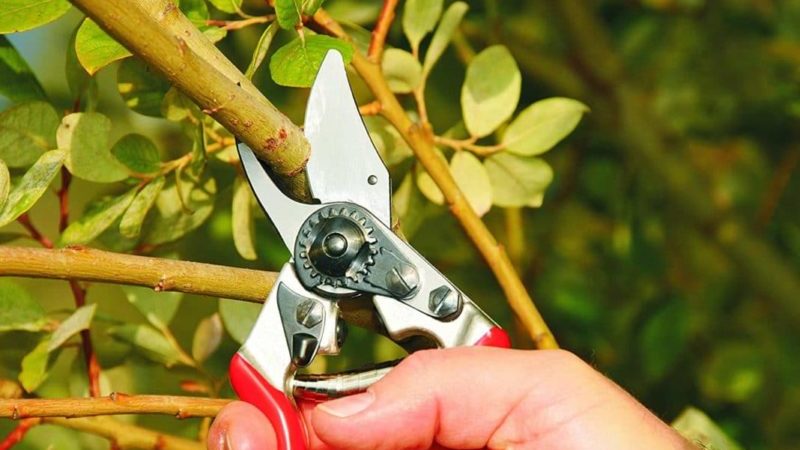
Sanitary and preventive measures are carried out for this crop. trimmings. The first is done immediately after harvest.
Honeysuckle is an early berry that begins to ripen at the end of May. In July, carefully inspect the bushes for curled leaves, darkened areas on the bark, and withered branches.. These are all signs of disease. Affected branches are immediately cut off and burned, rather than sent to a compost pit, where there are good conditions for the proliferation of pathogenic bacteria.
If the bush is severely damaged, all diseased branches are cut out at the root. The bush is not cut off completely; at least a few relatively healthy shoots are left. Garden varnish is applied to the cut sites as a disinfectant.
Preventative pruning is carried out so that the honeysuckle does not take on a neglected appearance. The branches of the bush are thin and flexible. During intensive growth, they gradually intertwine with each other.
For the first 5 years, such pruning is not performed. They begin to remove excess branches from the age of 6 years. Non-fruiting shoots are cut off at the root. This procedure is carried out every 2-3 years.
Preparing for winter
The plant is highly resistant to frost, so in the southern regions and middle zone it does not need special protection from frost.
For the winter, honeysuckle is protected from rodents by covering it with a synthetic mesh or bag.
In the northern regions it is worth being safe. If the winter is frosty and with little snow, honeysuckle may not survive it. For protection, they take spruce branches and make a structure over the bush in the form of a hut. The internal space is filled with sawdust, and the soil is covered with agrofibre.
This is interesting:
What to do with berries
After harvesting, honeysuckle fruits are sent for storage or various dishes and preparations are immediately prepared from them.
How to store honeysuckle
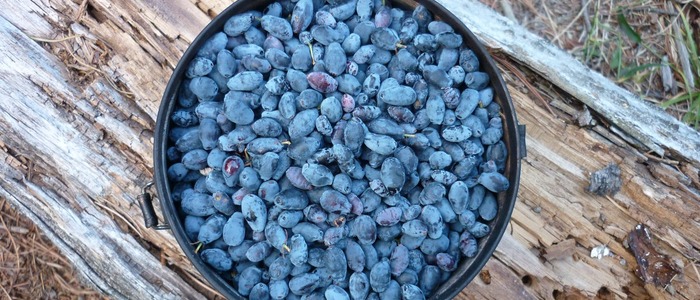
Fresh honeysuckle is stored for only 2-3 days, in the refrigerator - up to 4 days. During this time, it is important to have time to process the entire harvest, otherwise it will spoil.
For longer storage of honeysuckle fruits:
- dried;
- frozen.
On hot days, the berries are dried directly in the sun. This will require 10-12 sunny and dry days.
The drying procedure is performed as follows:
- The fruits are sorted, leaving only intact ones. Remove all debris.
- Place the berries in one layer on a flat surface.
- Cover with gauze to protect against insects and birds.
- During the day, the berries are left in the sun and brought into a cool room at night.
- Dry fruits are collected in fabric bags or paper bags and stored in a dark and cool place.
If it is not possible to dry honeysuckle outdoors, use a dryer. At a temperature of +50°C, the berries will be ready in 10-12 hours.
To freeze, the fruits are washed, dried well and placed in the freezer.
What to cook
Honeysuckle berries have a unique taste with many shades, which is why they are used to prepare a wide variety of dishes and drinks.
Jam
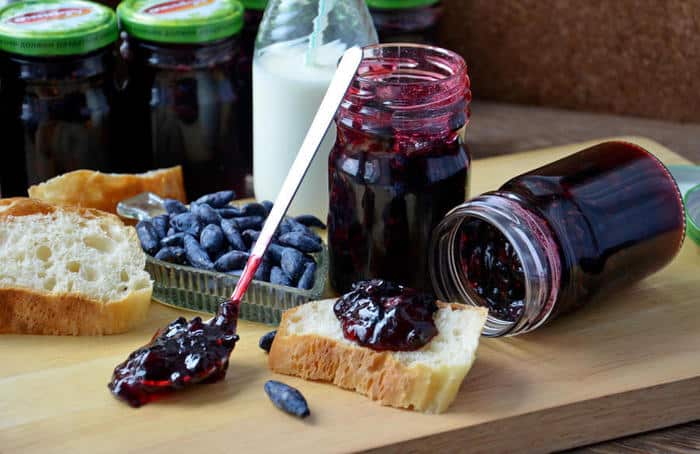
Making honeysuckle jam is a simple and not troublesome process. It takes no more than an hour. The finished product retains a large amount of useful substances.
Required ingredients:
- 2 kg of berries;
- 2.5 kg of sugar.
Cooking process:
- The berries are washed and sorted, removing spoiled ones.
- Press with a wooden masher and add sugar.
- Place the resulting mass on the fire and stir it constantly until the sugar is completely dissolved.
- Make sure that the jam does not boil.
- After the sugar has dissolved, the jam is poured into sterilized jars and sealed.
- Then they are turned over and left in this position until they cool completely.
Compote
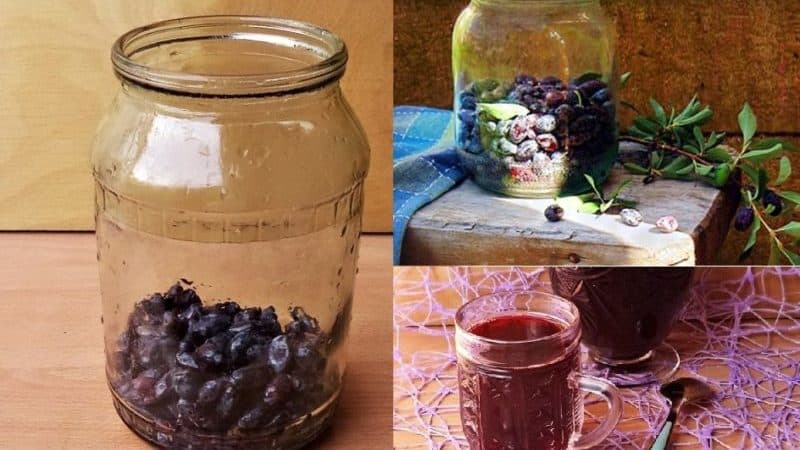
To prepare compote you will need the following ingredients:
- fresh berries – 0.5 kg;
- sugar – 300 g;
- water – 1.5 l.
Cooking process:
- Pour water into a saucepan and bring it to a boil.
- Then add sugar, stir it and cook for 10 minutes.
- The washed berries are poured into a sterilized jar. Fill no more than 1/3 of its volume.
- Boiling syrup is poured over the berries and the jars are covered with a lid.
- Place them in a pan of boiling water to pasteurize for 15 minutes.
- Then the compote is taken out and rolled up.
- After cooling, the jars are transferred to a cool place for storage.
Pouring
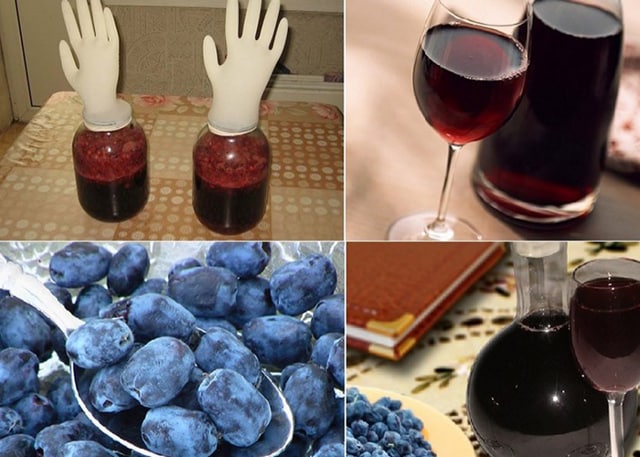
Ingredients required:
- vodka – 1 l;
- honeysuckle – 400 g;
- sugar – 400 g;
- water – 250 ml.
Cooking process:
- The berries are washed, dried and crushed.
- The resulting mass is transferred to a 3 liter jar and all the remaining ingredients are added.
- Close the jar tightly and shake the contents.
- Place in a dark place for 3 weeks. The contents are shaken every day.
- After 3 weeks of infusion, the liqueur is filtered using gauze and bottled.
To prepare this drink, only good quality berries are used.
Conclusion
Caring for honeysuckle after harvesting in July is simple. Timely implementation of agrotechnical measures will allow the weakened bush to recover after fruiting and prepare for the next season. It is important to water the plants and apply fertilizers on time.